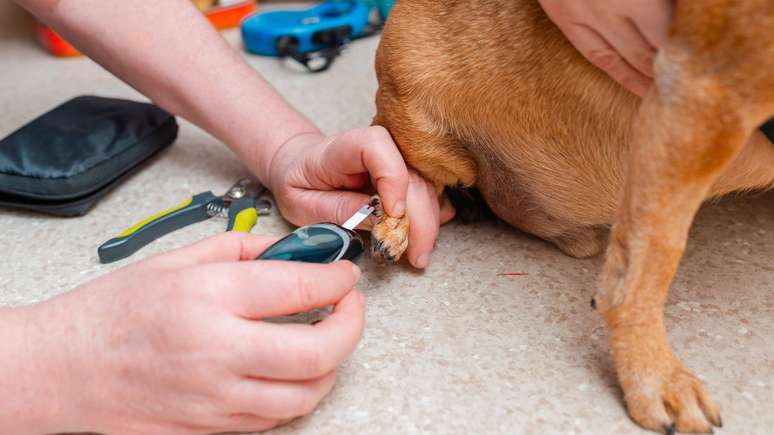At advanced levels, the disease can cause sudden blindness in dogs and gradual weight loss in felines
Diabetes is also a disease that affects pets, you know? Symptoms, such as excessive thirst, high urine production, increase in appetite, weight loss and increase in urine around the house and even the accumulation of ants around the pee can easily go unnoticed To the tutors, especially in cases where there is no follow -up to veterinary.
The veterinary doctor of Petlove Joana Portin explains that the causes of diabetes in pets are multifaceted. “There are several factors that translate into canine and feline diabetes. The most common are obesity and physical inactivity, but we cannot ignore the genetic predisposition and the use of corticosteroids, which can lead to the disease”, comments.
According to her, the condition can be dangerous and, at advanced levels, it can cause sudden blindness in dogs and a gradual weight loss in felines, with consequent more serious problems. Therefore, the follow -up medical follow is essential for animal health. This is because, as in man, diabetes is considered a chronic disease that has no care.
“The main objective of the treatment is the decrease in clinical symptoms through a daily and continuous control of the disease”, underlines the expert. To take care of diabetic pets, it is essential to maintain a balanced dietary routine, regular exercise and other veterinary recommendations. Below, Joana Portin offers some suggestions that can help control the disease.
Adequate power
There are specific rations on the market for diabetic animals, which are rich in fiber and help to regulate blood sugar levels. In addition, a diet should be indicated by a veterinarian, such as the endocrinologist and nutrologist, and usually includes food with fiber -rich carbohydrates up to 30%.
Joana underlines that “the expert should determine the frequency of meals, adapted to the hours of insulin injections. The maintenance of a normal power routine is essential to avoid oscillations in blood sugar levels. Food should always be served in the same quantity and the same time. It is always important to remember that diabetic animals should not consume sweets, chocolates, non -dietary snacks and other foods such as bread, rice and fruit with high natural sugar.
Physical activity and routine routine
Physical activity should be aligned with the diet and routine of a diabetic animal. “This practice is essential to control blood sugar and it is important for the tutor to keep the animal hydrated, avoid dehydration and oscillations in blood sugar levels and guarantee the general well -being of the animal”, adds Joana.
Insulin and castration syringes
The insulin doses in the treatment of diabetes in pets are daily. However, it is important to emphasize that the amount must be prescribed exclusively by veterinarians, who will individually evaluate the case. “In the case of females, castration is highly recommended. This is because it can prevent hormones from interfering with the action of insulin,” adds Joana.
Source: Terra
Ben Stock is a lifestyle journalist and author at Gossipify. He writes about topics such as health, wellness, travel, food and home decor. He provides practical advice and inspiration to improve well-being, keeps readers up to date with latest lifestyle news and trends, known for his engaging writing style, in-depth analysis and unique perspectives.









